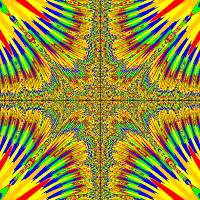1 2 3 4 5 6 7 8 | if(actor1IsUp() & direction == "left" & !getWorld().getObjects(Actor1.class).isEmpty()) { Actor1 actor1 = (Actor1)getOneIntersectingObject(Actor1.class); if(actor1 != null) { actor1.setLocation(actor1.getX() - 1, actor1.getY()); } } |



